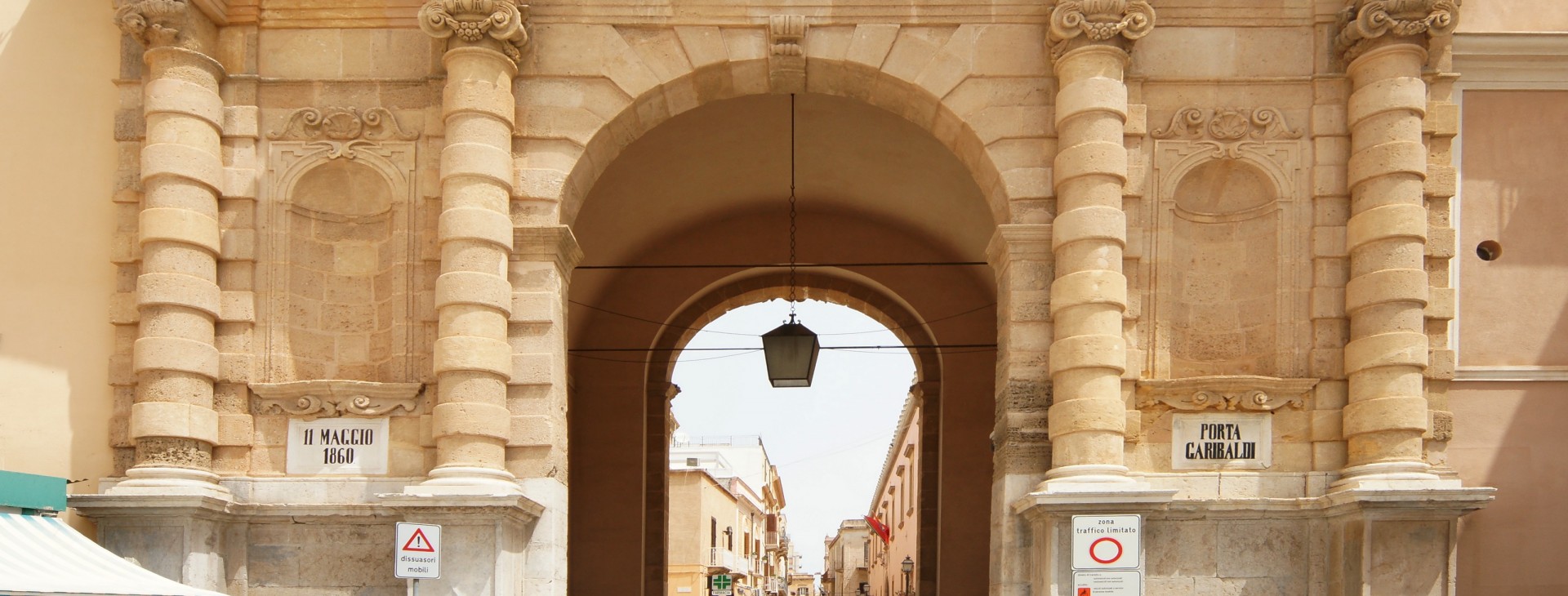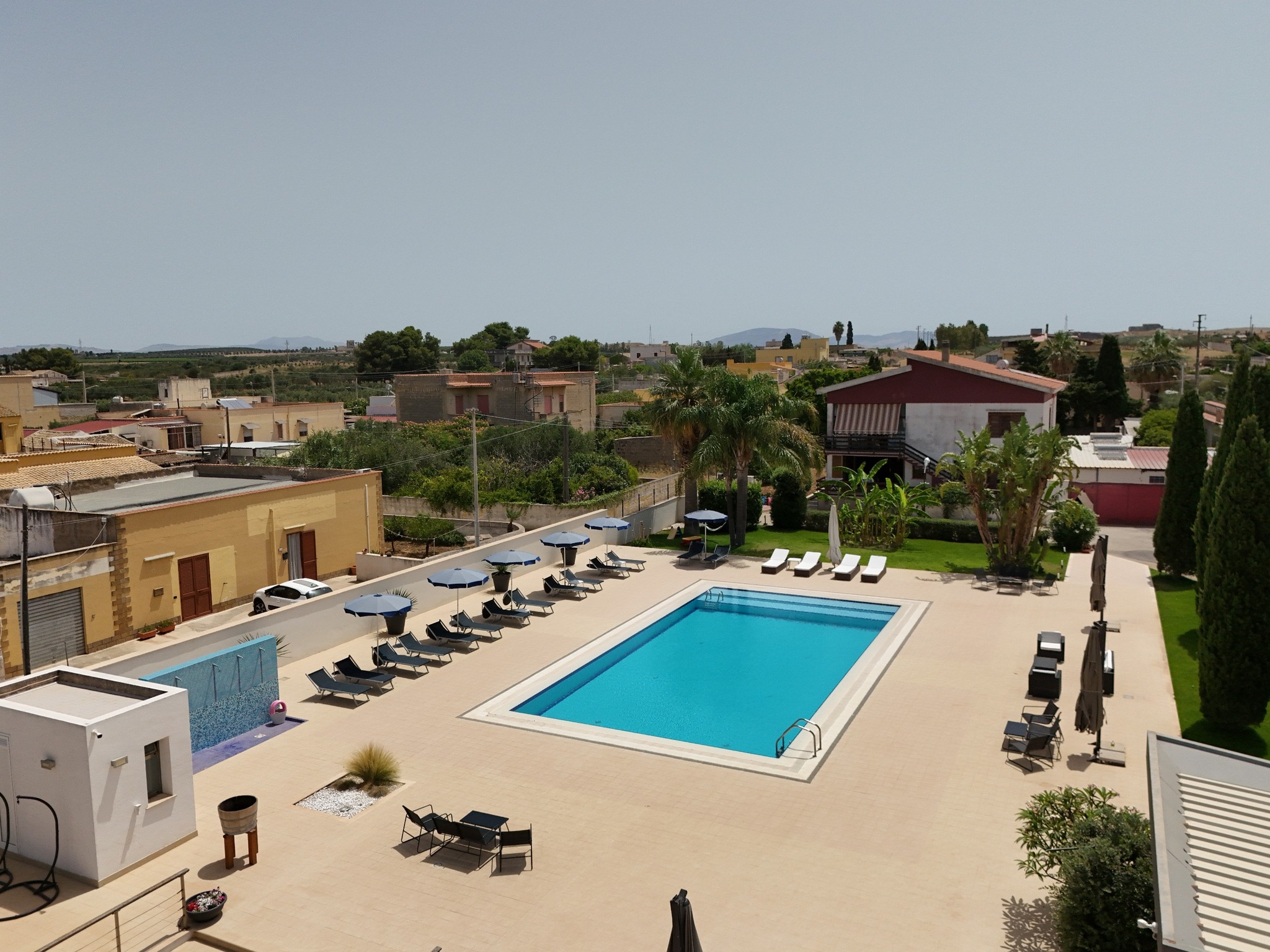
Marsala
Duration 4 hours approxStarting From 150 € per person
Explore the historic city of Marsala.
The History of Marsala
It is impossible to pinpoint exactly when the first inhabitants settled in the territory of Marsala. The earliest traces date back to the Lower Paleolithic, but remnants of ancient settlements are still being uncovered today. With its 25,000 hectares and a population of 80,000, Marsala sits on a pleasant promontory overlooking the sea. The historic center was once enclosed within a nearly square city wall, with entrances through imposing gates on all four sides. Today, only two of the original four gates remain: Porta Garibaldi, with a Latin inscription entrusting those who enter and exit to God, and Porta Nuova.
The first area to develop urbanistically was the island of Mozia, thanks to the Carthaginians who turned it into an important commercial port in the Mediterranean. In 397 BC, Dionysius the Elder, tyrant of Syracuse, reduced Mozia to rubble in his attempt to become the sole ruler of Sicily.
The inhabitants fled to the nearby promontory, where the city of Lilibeo was founded, named by the Phoenicians for its geographical location facing Libya. During the Punic Wars, Lilibeo played a major role due to its strategic location and difficult waters, which made the city impregnable to those unfamiliar with it.
In the fourteenth year of the First Punic War (250 BC), the Roman army besieged Lilybeo with 200 ships and spent another 10 years before conquering it. Following the Carthaginian example, the Romans continued to use the city as a naval base.
On May 11, 1860, Garibaldi landed in Marsala with his Thousand and, along with the Sicilians who joined the expedition, freed southern Italy from the Bourbon kingdom and handed it over to Victor Emmanuel. Every year on May 11, Marsala commemorates this significant historical event.
Many years later, on May 11, 1943, during World War II, Marsala suffered heavy bombings by the Allies, causing severe damage and hundreds of deaths, which earned it the Gold Medal for Civil Valor.
In the 1500s, Marsala was a center with a thriving economy based on cereal cultivation, livestock farming, and salt production, with facilities still operational in the Stagnone area. Wine remained a local activity until the 1700s, when English merchants made it famous worldwide.
Excursion Details:
- Duration: About 4 hours.
- Price: Includes up to 3 participants. Additional participants, see booking form prices.
- Notes: Meals, entrance tickets, and guides are not included.
- Booking: Book directly using the form by selecting date, time, and participants.
Useful Links

For info or custom services
Contact Us











